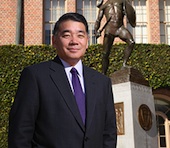 When Terry Hara was posing as an undercover cop as the real-life version of “21 Jump Street” in the 1980s, he never imagined he would make an attempt to play a new role over three decades later. As the current Los Angeles Police Department Deputy Chief, Hara believes he has what it takes to be the next Ninth District City Council member.
When Terry Hara was posing as an undercover cop as the real-life version of “21 Jump Street” in the 1980s, he never imagined he would make an attempt to play a new role over three decades later. As the current Los Angeles Police Department Deputy Chief, Hara believes he has what it takes to be the next Ninth District City Council member.
“The people want somebody that they can trust,” said Hara to a group of USC students in early February.
Hara is going back to the basics and building trust the old-fashioned way. He is knocking on doors in the community to find out what changes residents hope to see.
“There is a difference between hearing and listening,” said Hara. “In order to listen to someone who is telling a story or a problem they have in my mind I’m saying, ‘how can I problem-solve? What can I do to provide the services or response that they are looking for?’”
He hopes to help community members with the small problems such as illegal dumping, cleaning the alleyways, and repairing potholes and sidewalks. According to the Los Angeles Times, half of the illegal dumping throughout Los Angeles happens in South LA. Hara wants to ensure that the residents of South LA are allocated their fair share of services to combat these problems.
Hara also wants to deal with larger issues in the community that may not have such an obvious answer, such as unemployment. The unemployment rate in Los Angeles is about 11 percent. In some South LA neighborhoods, such as Florence, Graham and Westmont, the LA Times reports that the unemployment rate is much higher at 24 percent. Hara wants to help those who have returned to the community after serving time in prison by setting up job training programs for them.
“The people want somebody who’s a leader and not afraid to make a decision, even a hard decision,“ said Hara.
Hara also wants to combat an issue that resonates with the USC: public safety. He believes his 32 years of experience with LAPD will help him improve the safety of neighborhoods.
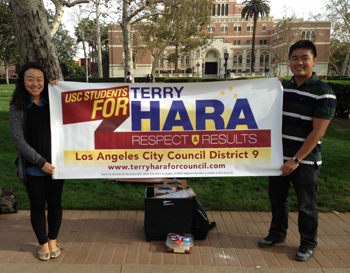 “I believe that Terry really does have the district’s best interest at heart and I wish him the best of luck with the rest of his campaign,” said Vanessa Wilkins, a sophomore undergraduate at USC.
“I believe that Terry really does have the district’s best interest at heart and I wish him the best of luck with the rest of his campaign,” said Vanessa Wilkins, a sophomore undergraduate at USC.
Hara joined LAPD in February 1980. He has had numerous positions throughout the department but is the first Asian-American to achieve the rank of Deputy Chief.
“None of the candidates come close to my experience of work and leadership in the community [for] the past three decades,” said Hara.









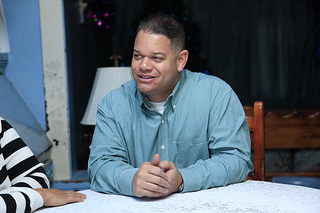 Photo provided by David Roberts campaign.
Photo provided by David Roberts campaign.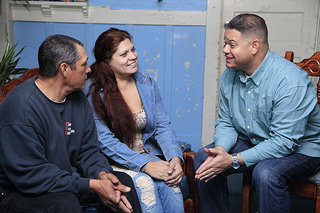 Photo provided by David Roberts campaign.
Photo provided by David Roberts campaign.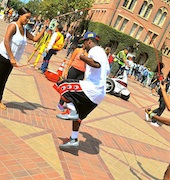
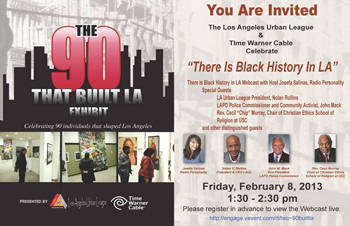
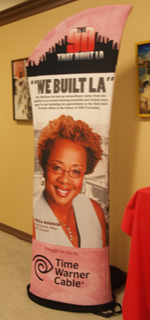
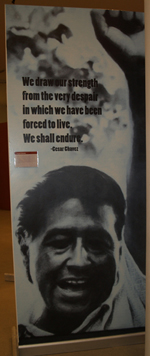 Angelenos can discover historic art and photos commemorating LA trailblazers in fields such as cinema, civil rights, music and media; Sir Sidney Poitier, Cesar Chavez, Ella Fitzgerald and Paula Madison, respectively, at “The 90 that Built LA” exhibit through March 7, 2013.
Angelenos can discover historic art and photos commemorating LA trailblazers in fields such as cinema, civil rights, music and media; Sir Sidney Poitier, Cesar Chavez, Ella Fitzgerald and Paula Madison, respectively, at “The 90 that Built LA” exhibit through March 7, 2013.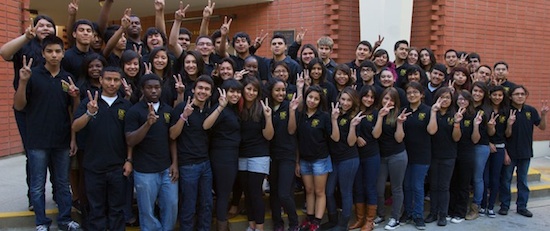
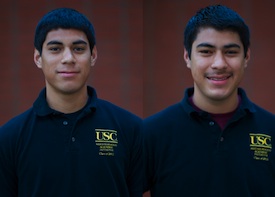
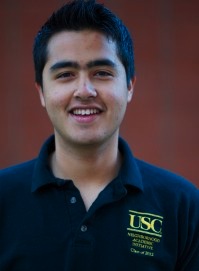
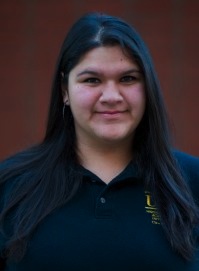
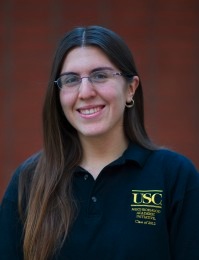
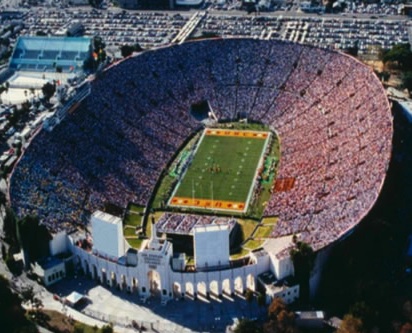 With a vote of 8-1, the Los Angeles Memorial Coliseum Commission today approved a lease agreement with the University of Southern California that will give the university control of day-to-day operations of the stadium and neighboring Sports Arena for as long as 42 years.
With a vote of 8-1, the Los Angeles Memorial Coliseum Commission today approved a lease agreement with the University of Southern California that will give the university control of day-to-day operations of the stadium and neighboring Sports Arena for as long as 42 years.




